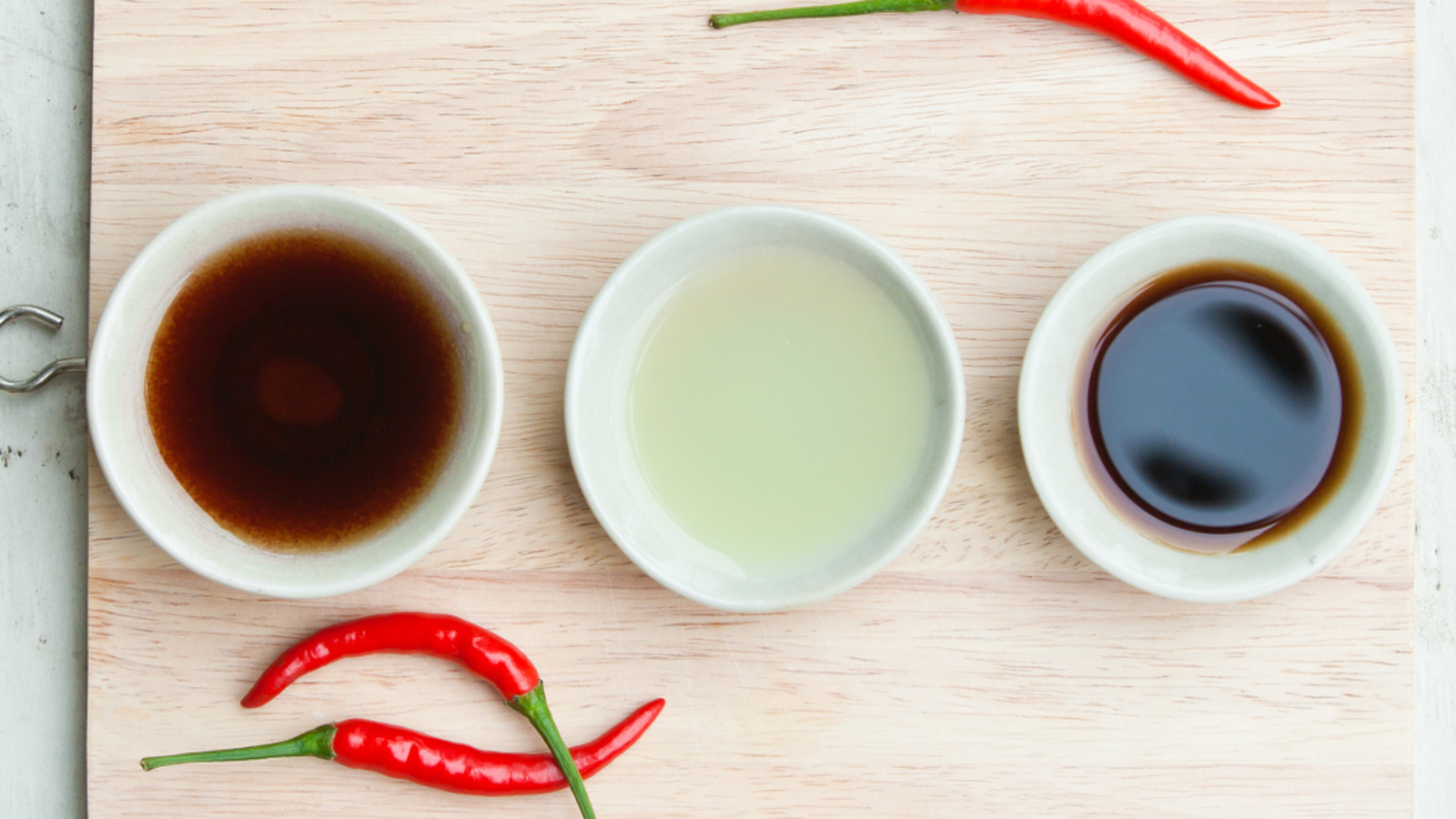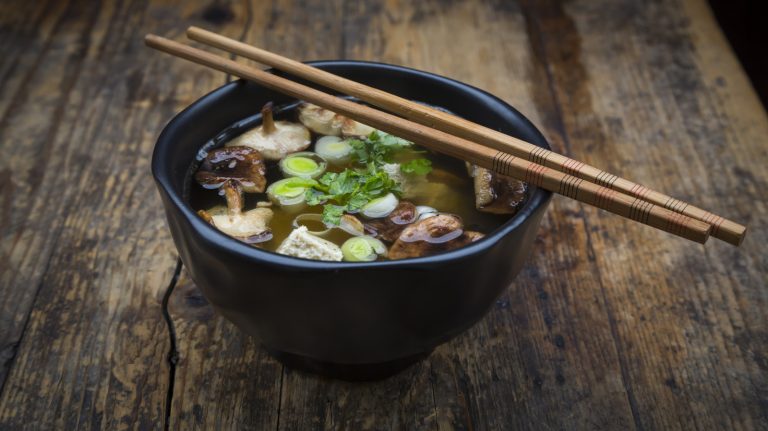Though it might seem like all fish and fish-related sauces are alike, this couldn’t be further from the truth. There are at least 14 fish sauces around the world, each of which has its own specific composition, application, and flavor. By name, eel sauce would appear to be a relative to fish sauce, but the two have many distinct differences. Tasting Table asked an expert, Chinese-American chef Shirley Chung (who can be found on Instagram and Facebook), to shed some light on these culinary staples. A contestant on BravoTV’s Top Chef and owner of Ms Chi Cafe (which is temporarily closed with plans to reopen in the future), Chung definitely knows the finer details of each sauce, noting that the biggest difference between the two are their respective uses. Whereas fish sauce acts like a seasoning in preparing dishes, eel sauce is more of a ready-to-eat condiment used for dipping and finishing foods.
Chung says, “Fish sauce is a base sauce made with fermented anchovies, it’s naturally salty and pungent, thin like soy sauce, and it adds umami to a dish.” On eel sauce, she points out, “It’s traditionally for grilled eel [and] has a thicker glaze consistency.” The pungency of fish sauce compared to the sweet and savory notes of eel sauce means that these two are actually quite dissimilar. While there are a number of dishes that can benefit from the inclusion of either, Chung explains, “I won’t substitute fish sauce and eel sauce with each other.”
What is fish sauce
Chung notes that fish sauce is, “naturally salty and pungent,” making it an ideal addition to “any vegetable, meat, noodle, [or] rice in place of salt.” Among the many creative uses for fish sauce, adding a splash to dress up soups, stews, and salad dressing is an easy way to make the most of an intensely flavorful ingredient. While a typical fish sauce is made with anchovies, other styles use different types of fish depending on what is most commonly available in that specific region. This gives you plenty to choose from to find the fish sauce that’s right for your specific dish.
An important thing to remember about fish sauce is that less is more. It might be a thin sauce, but it definitely packs a punch. Always taste as you go and add your fish sauce slowly, leaving room to add more only if needed, noting Chung’s point about using it as a salt substitute. Additionally, Chung explains, “You have to add ingredients and additional preparation to make sauces with fish sauce.” This is unlike eel sauce, which is already prepared to eat on its own. If you’re curious about experimenting with new-to-you flavors, grab a few smaller bottles of different types of sauce to taste-test each one.
What is eel sauce
Chung points out that eel sauce is typically made from “eel stock (or bonito flakes), sweet mirin rice wine, soy sauce, and some sugar.” This amounts to a thicker consistency akin to a glaze, which boasts a balance of sweet and savory tastes. While commonly intended for use with grilled eel, the umami-rich condiment can be used in a variety of ways including as a sauce for pulled pork, a marinade for steaks, or even as a condiment on a hot dog. Chung says it’s a “good ready to use sauce for seafood and vegetables.” This leaves plenty of possibilities open for grilled shrimp or scallops, roasted squash or bell peppers, and so much more.
Because eel sauce does not require extra ingredients to stand on its own, it also makes an especially great dipping sauce, which many compare to teriyaki sauce. Serve it on the side of breaded chicken tenders or fried shrimp to make the most of the subtle fish flavors. To get even more creative, try it either as a base or finishing sauce for your next pizza. Consider how the sweet and savory flavors can elevate your favorite foods to new heights of complexity.







